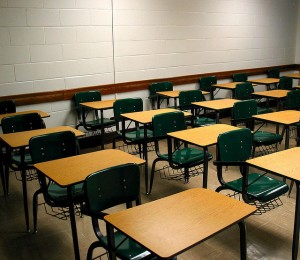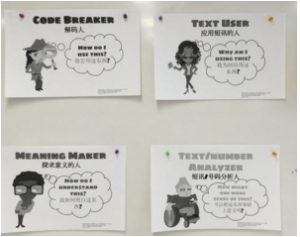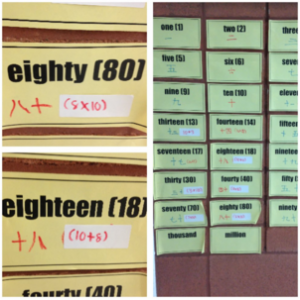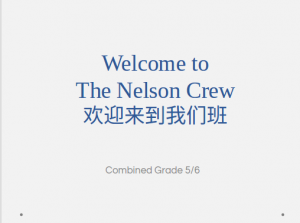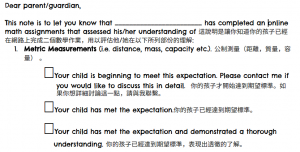In my last post I focussed on the philosophical belief that quality vs quantity of professional learning is a more effective way of enhancing pedagogical practice. What does that mean for my classroom instruction? As I grow to understand the presence of different learning styles in my class, the presence of multiple intelligences and the wide variety of learning rates it forces me to re-examine both the long term and short term planning that I set up.
In the earlier part of my career my long-range plans were reflective of an efficient way to ensure that all of the curricula was covered. This I now refer to as curriculum planning and not student centred planning. As my understanding of differentiated learning and assessment grew, so did the need to adjust the way my planning unfolded. What I had experienced was a short-term understanding of content and when that topic was revisited months later there seemed to be a regression in the level of understanding of my students. That forced me to ask myself as to how well they had really learned the content in the first place.
Through years of experimenting with both my long range planning and unit design there arose two aha moments for me. The first was the need to revisit big ideas (overall expectations) through a spiralling curriculum. This means that I would chunk the content into more manageable pieces and revisit the content several times over the course of the year (quality vs quantity).
The second profound understanding was in time management and how do I accomplish the ability to revisit overall expectations with so many demands on the school day. Thus came the desire to increase my skill set in integrating learning across a variety of curricula. The following is a direct reference from the 2006 Ontario Language Curriculum:
In cross-curricular learning, students are provided with opportunities to learn and use related content and/or skills in two or more subjects. For example, teachers can use social studies reading material in their language lessons, and incorporate instruction in how to read non-fiction materials into their social studies lessons. In mathematics, students learn to identify the relevant information in a word problem in order to clarify what is being asked. In science and technology, they build subject-specific vocabulary, interpret diagrams and charts, and read instructions relating to investigations and procedures. All subjects require that students communicate what they have learned, orally and in writing. Their studies in the different subject areas help students develop their language skills, providing them with authentic purposes for reading, writing, listening, speaking, viewing, and representing.
Needless to say, this is a spiralling learning experience for me as I continue to help my students consolidate the learning that they are a part of each and every day.

